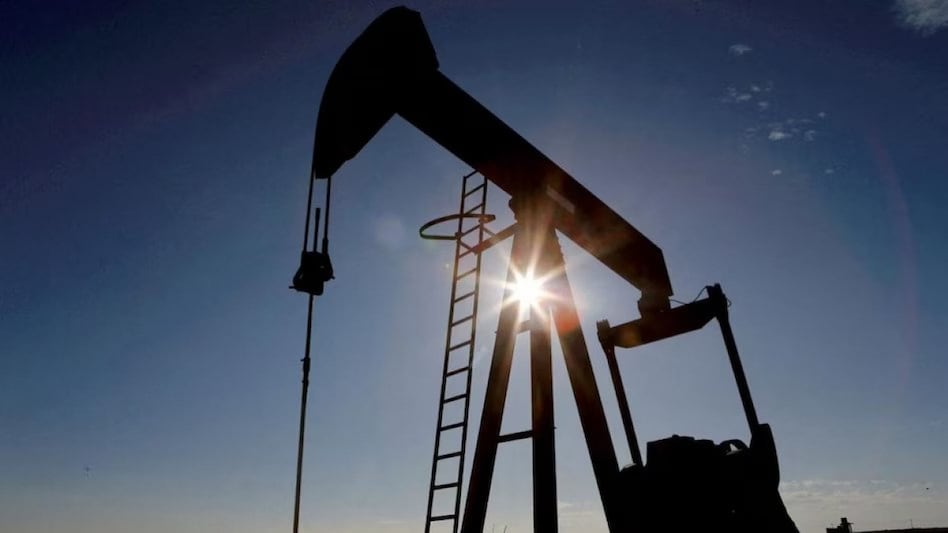Rising crude oil prices could impact inflation as well as the fiscal and current account deficits and could be highlighted as a challenge in the upcoming monetary policy review of the Reserve Bank of India.
Even though oil prices remain partially regulated in the domestic market, India is a net importer of oil and economists expect it to lead to stoke inflation and this could ensure that the RBI maintains status quo on the key interest rates. The bi-monthly policy review by the MPC is scheduled to take place from October 4 to 6.
India Ratings and Research also said it expects rising global crude oil prices to postpone inflation relief to beyond the current fiscal year. It expects wholesale inflation to rise to 3 per cent in the third quarter of the fiscal and 3.7 per cent in the fourth quarter compared to its earlier forecast of 2.1 per cent and 2.6 per cent, respectively. Even retail inflation is expected to rise to 5.9–6.1 per cent in the third quarter of the fiscal and 5.3–5.5 per cent in the fourth quarter from its earlier forecast of 5.8 per cent and 5.1 per cent.
“This follows India Rating revising the cost of Indian oil basket for the second half of the fiscal to $ 94.50 per barrel from earlier $ 87.80 per barrel,” it said.
Brent crude oil prices touched a 10-month high at over $93 per barrel but global prices are seen to be easing.
The Indian basket of crude oil averaged $93.4 per barrel in September, as against $ 86.43 per barrel in August. On September 28, it had risen further to $97.03 per barrel.
“Since the last policy on August 10, international crude oil prices have averaged close to $ 89 per barrel, sitting above $ 85 per barrel factored into RBI estimates in the April 2023 briefing,” noted a report by Bank of Baroda.
On 8 September 2023, prices have hovered above $ 90 per barrel while at the time of last policy, oil prices averaged close to $ 79 per barrel, implying a 12.6 per cent jump in the period. Factors responsible for this trend include tightened supplies (US crude stockpiles and extended voluntary production cuts by OPEC+ members) ahead of winter months, prospects of soft landing of the US economy, and pause in rate hike by major central banks which in turn may aide demand.
The report said that its previous study indicated that a $ 10 per barrel increase in oil prices leads to a 40 to 60 basis point increase in CPI. “Since we expect September 2023 CPI print to overshoot RBI’s estimates, we expect RBI to revise its current inflation forecast from 5.4 per cent for FY24 to about 5.5 per cent,” it said, adding that it expects RBI to maintain status quo on rates and stance.
Nomura noted that in India fuel prices are market determined on paper, but in practice, oil marketing companies have kept retail fuel prices unchanged for over a year now. Their losses or under-recoveries are only partially paid by the government through fiscal subsidies, and typically OMCs have to bear the losses on their own account. “The loss sharing between the government and OMCs remains opaque,” it said.
According to the agency, if the government bears the entire loss, it would impact the fiscal deficit by 0.2 per cent of the GDP. A 10 per cent increase in oil prices would negatively impact the growth by 0.1 per cent and the current account by 0.4 per cent, it further said.
Barclays said that it maintains its forecasts for a $ 40 billion or 1.1 per cent of GDP for the current account deficit in FY2023-24 but said there are modest upside risks if oil prices remain above $90 per barrel.






.jpg)